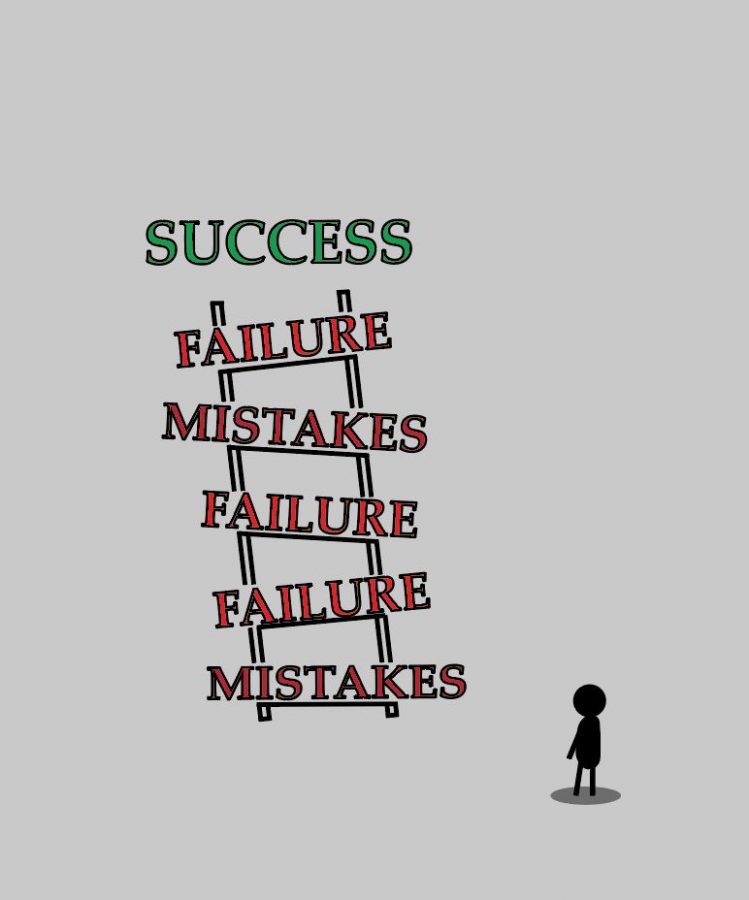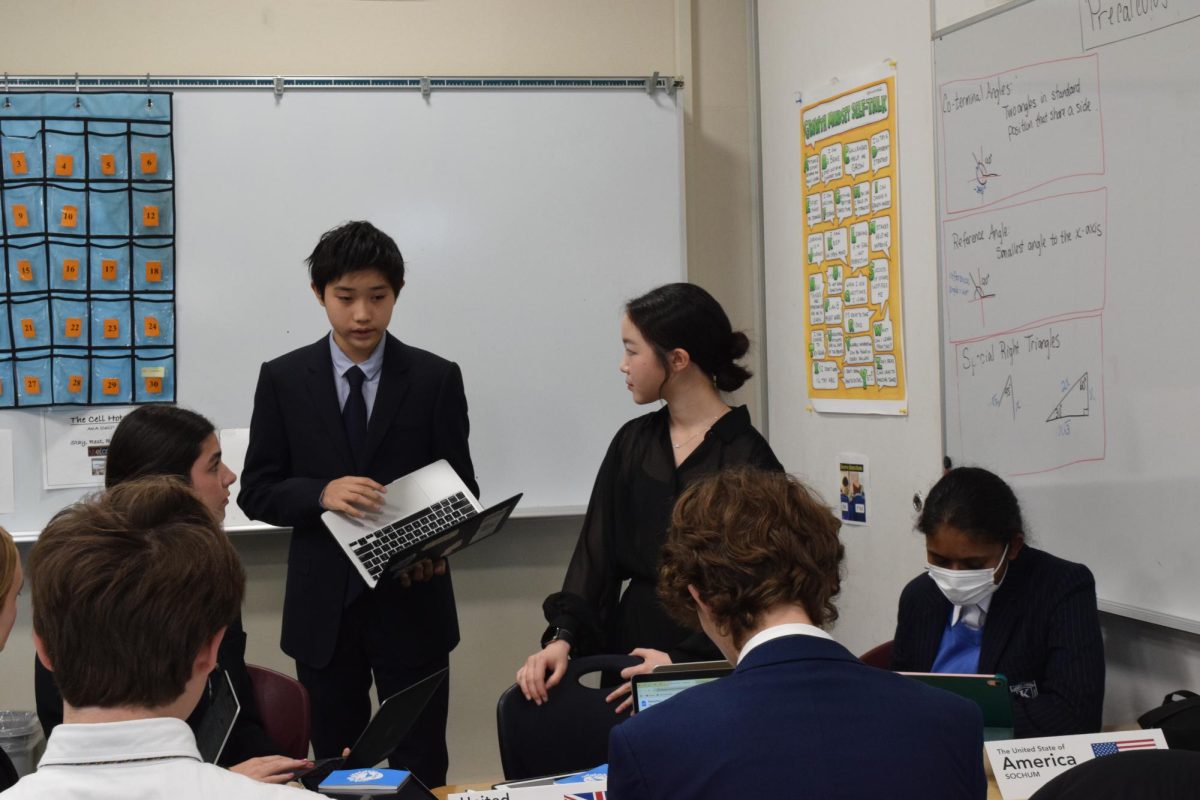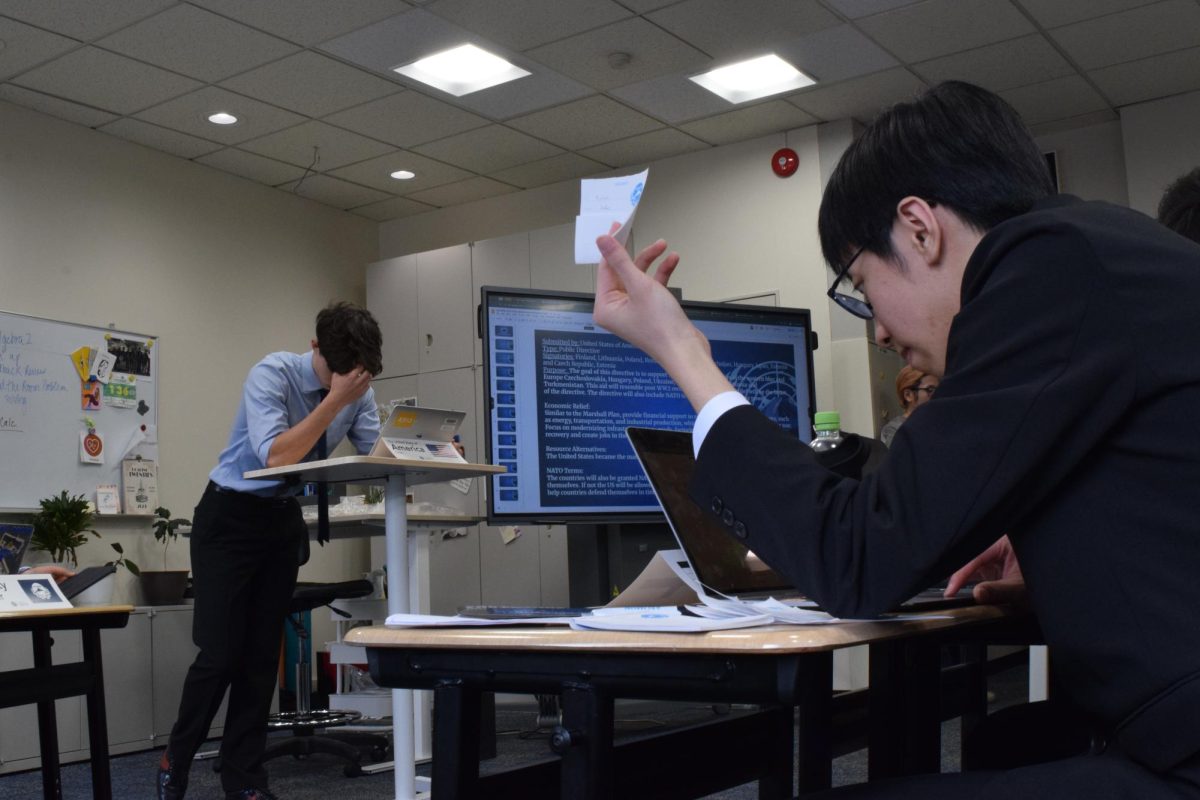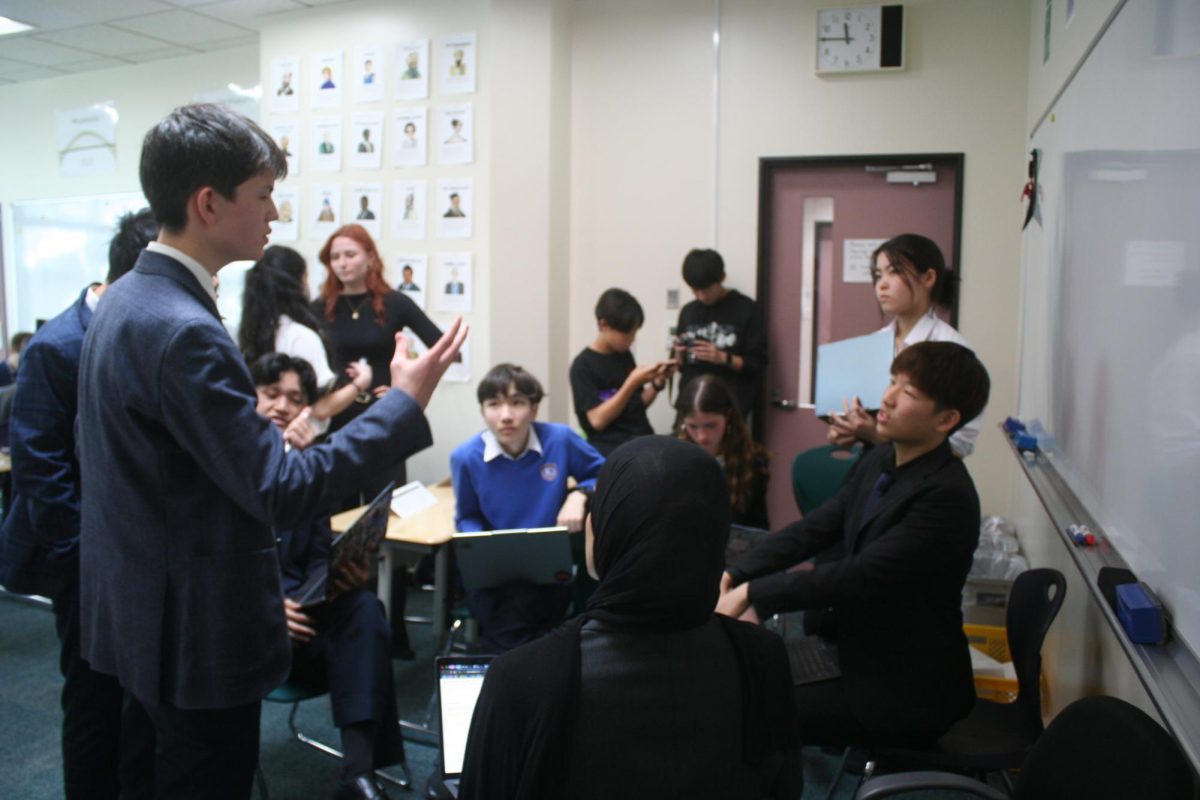The Art of Failure
October 14, 2021
In his book-length essay The Art of Failure, Danish theorist Jesper Juul explores the desire that video game players have to fail. As explained in the overview by the MIT Press, “humans may have a fundamental desire to succeed and feel competent, but game players choose to engage in an activity in which they are nearly certain to fail and feel incompetent.” So, how does this relate to the everyday lives of students at ASIJ?
Failure is part of human nature. We all make mistakes, and there are times when indomitable forces block our paths. Yet, there is an odd beauty to failure, the feeling of defeat, and the realization of your flaws. As a school where students excel in their average GPA and AP scores, we tend to neglect the importance of the mistakes we make, and the defeats we face.
It is rare to find students who refuse to succeed. Whether it is getting good grades, getting chosen to be part of an athletic team, or getting into a club you have to apply for, the majority of students want the taste of success in some way or another. What is the best way to achieve these goals? In my belief, success comes from failure, and using your mistakes and flaws can be done through three straightforward steps.
The first step is to recognize the initial failure. For the sake of simplicity, I will use getting a “bad grade” on a test or assignment as it is the most common type of failure for a student. The labeling of a “bad grade” is dependent on the student, of course. For instance, a “bad grade” could be a result that is worse than usual, or a result that is worse than the average. Either way, you must become aware of their failure in order to take the first step on the ladder of success.
The next step is to seek improvement. What went wrong? What could you have done better? Teachers encourage students to ask themselves these questions when they assess their own “Approaches to Learning,” but only twice per semester. This reflection is crucial anytime you experience some measure of failure. There could be flaws in your learning habits. Perhaps there is a particular skill or area of learning that you are having trouble with. Answers may vary, but an important step in achieving success is an understanding of what went wrong, and having the desire to improve.
Following these initial steps, the final step is to show your improvement. As for getting a “bad grade”, the most obvious way to show improvement would be to get a better result on the following assignment. However, showing improvement does not necessarily mean getting a better grade. Having greater confidence in your weakest areas is also a sign that you are moving toward success.
Like a player in a video game, it will most likely take you multiple attempts to get to where you want to be. Even so, the unpleasant feelings of failure motivate us to move forward. We must take advantage of these feelings and understand them. By looking beyond the mere results of the immediate present and understanding how to improve,, we can become better students, better learners, and most importantly, better people. This process of learning from failure can be taken beyond the context of school. In all aspects of our lives, we should aim for success, but never forget the benefits of failure.





















Hiroya • Oct 25, 2021 at 7:07 PM
this article inspired me thank you